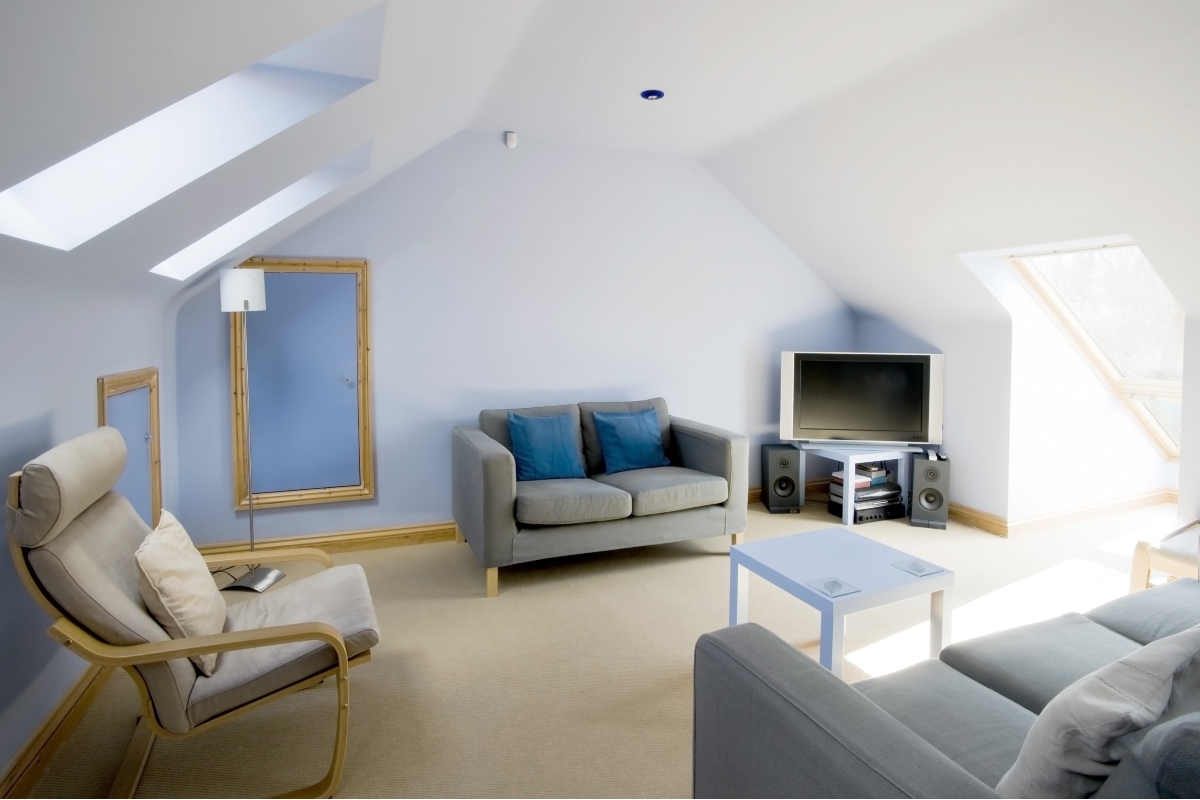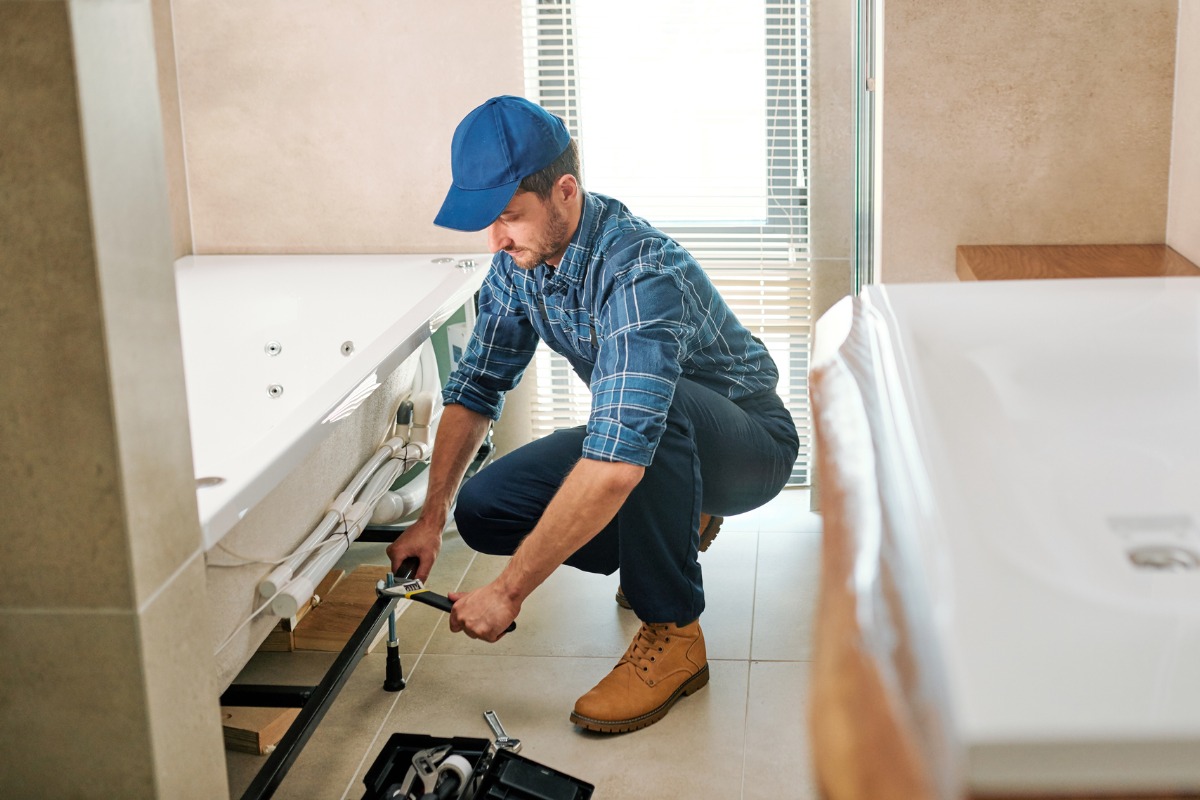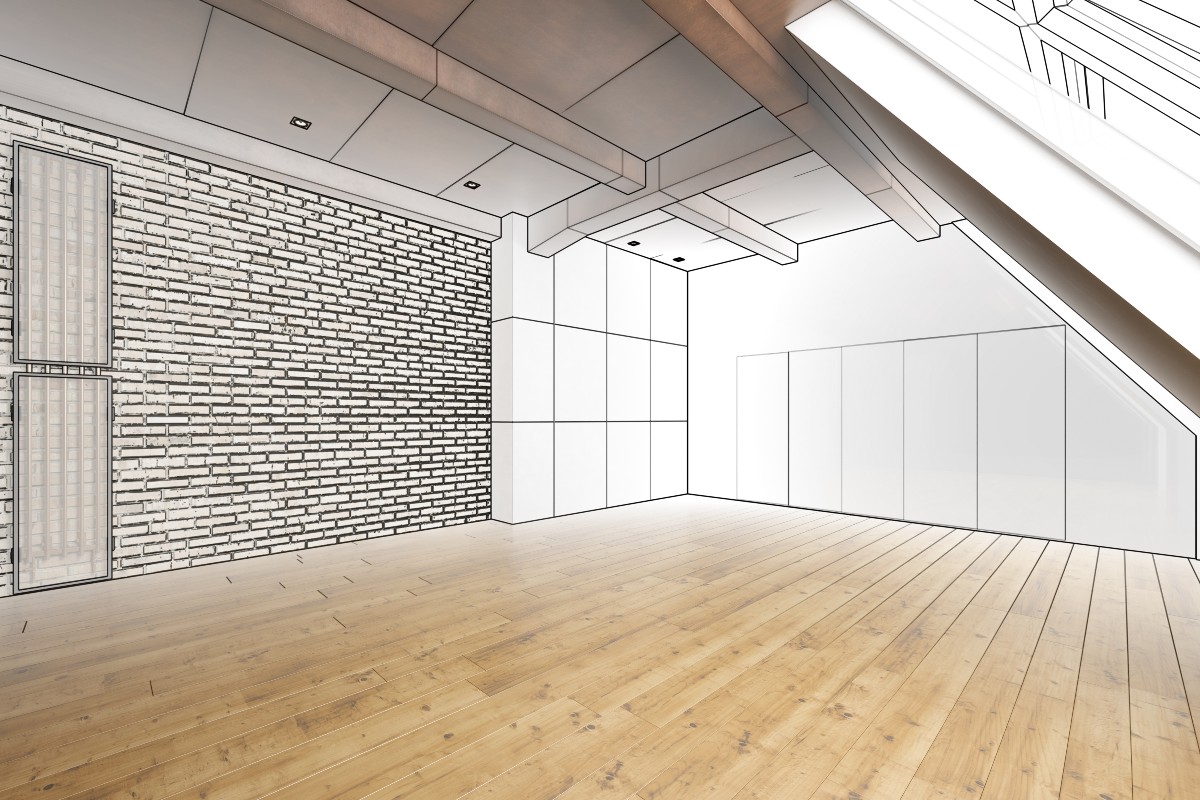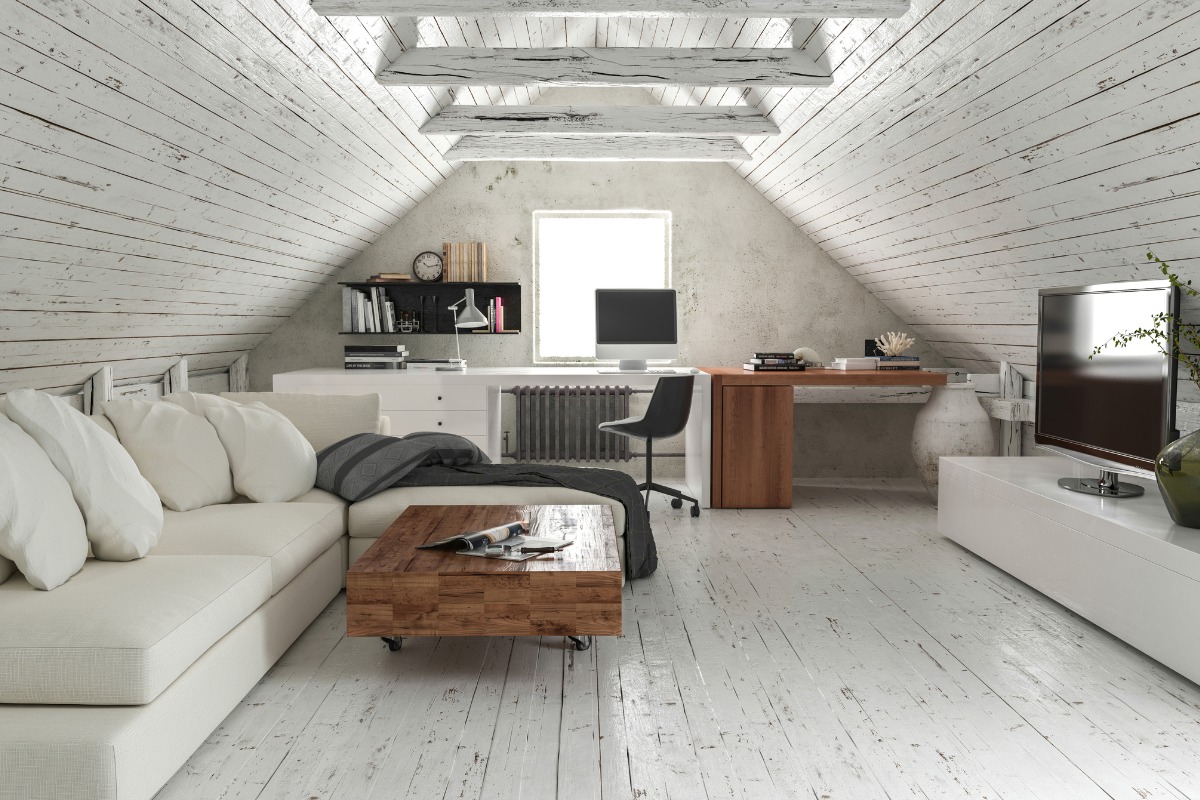A loft conversion is one of the most rewarding ways to create more space in your home. Whether you want an extra bedroom, a home office or a peaceful living space tucked away from the busier parts of the house, converting the...
Planning a bathroom refurbishment is an exciting opportunity to upgrade your home with modern features, thoughtful design, and improved functionality. Whether you’re simply replacing your old bathroom suite or planning a complete bathroom installation, knowing what to expect and how to prepare is key to success. From choosing the right materials to coordinating with other trades, these ten essential tips will help you create your dream bathroom with fewer headaches along the way.
Bathroom refurbishments
Before we get into the ten essential tips, let’s outline what a bathroom refurbishment typically involves. So, what is it exactly? A refurbishment means updating or replacing key features of your existing bathroom to enhance its functionality, efficiency, and overall style.
This could be as simple as swapping out dated taps, a worn toilet, or tired shower fittings, or it could involve a full-scale bathroom renovation. A more comprehensive approach might include a complete bathroom installation with new tiles, flooring, lighting, and even changes to the room’s layout or water supply.
Whether you're focusing on cosmetic updates or starting from scratch, planning ahead will ensure your next project runs smoothly and results in a space that feels fresh, functional, and completely tailored to your needs.
Ten essential bathroom refurbishment tips
With a clearer understanding of what a bathroom refurbishment entails, it's time to focus on what makes one truly successful. From early planning to the finishing touches, here are ten essential tips to help you navigate your bathroom project with confidence.
1. Understand the Scope of Your Bathroom Project
Before starting any work, take time to thoroughly assess your existing bathroom. Is it a straightforward swap of your bath and shower fittings, or will you need to reconfigure the layout, move the toilet, or adjust the water supply? These decisions will directly affect the cost, timeframe, and types of trades required.
It's also important to consider what’s staying and what’s going — are you retaining any fixtures or finishes, or is it a complete bathroom installation? Structural issues, such as uneven floors or damp in the walls, can also influence the scope, so it's worth investigating early.
If you're working with a bathroom company or installer, share as much detail as possible at this stage. A clear brief will help them provide accurate advice, realistic quotes, and suggestions that suit your space, goals, and budget.

2. Prioritise Functionality and Flow
While aesthetics matter, the success of any bathroom renovation lies in how well it functions day to day. Think carefully about how you use the space. Do you need a larger walk-in shower for accessibility? Is there enough room to open cabinet doors or move around comfortably?
Consider who will be using the room — a couple will have different needs from a busy family. Prioritising things like storage, ease of cleaning, and practical layout will result in a more user-friendly and long-lasting design. Talk to your installer or interior designers about how to make the most of the space without compromising on style.
3. Set a Realistic Budget — and Stick to It
Budgeting is about more than just tallying up material and labour costs. A successful bathroom refurbishment requires a clear idea of how much you're willing to spend — and a buffer for the unexpected. A good rule of thumb is to allow a 10–15% contingency for surprises, like hidden damp or necessary plumbing upgrades.
Break your budget down by category: tiles, flooring, bathroom suite, taps, lighting, accessories, and so on. Knowing what you're spending where helps with decision-making and ensures your total cost stays under control and you save money where you can. And don’t forget to ask your installer for a detailed quote that includes all elements of the job.
4. Choose Quality Materials That Last
A new bathroom is an investment, so the materials you choose need to stand up to daily wear and moisture. From wall tiles to flooring, opt for water-resistant, durable materials that are easy to maintain. Ceramic, porcelain, and natural stone are all popular choices with different price points and finishes.
Don’t overlook fixtures and fittings, either. Higher-quality taps, toilets, and shower units may cost more initially but will save you money in the long run by reducing the risk of leaks or breakdowns. Always ask about product guarantees and choose suppliers or installers who stand behind their work.
5. Don't Overlook Lighting and Ventilation
Good lighting makes a huge difference to both the mood and practicality of your bathroom. Aim for layered lighting: overhead ambient lighting, focused task lighting around mirrors, and softer accent lights for atmosphere. If your room has little or no natural light, clever lighting design becomes even more essential.
Equally, effective ventilation is a must. A quality extractor fan will prevent moisture buildup, which protects your walls, tiles, and ceiling from damage over time. It also helps maintain air quality, especially important in a space with limited airflow.

6. Think About Heating Early On
If you plan to install underfloor heating, ensure it’s included in the early stages of your bathroom installation, before the floor is tiled. It adds everyday comfort and eliminates the need for bulky radiators, helping you use the space better.
Complement this with heated towel rails, which are both practical and luxurious. Not only do they keep your towels warm and dry, but they also contribute to the overall warmth of the room, ideal during colder months.
7. Hire Experienced Professionals
No matter how good your bathroom ideas are, execution is everything. Hiring the right plumber, electrician, tiler, or full-service installation company ensures your project runs smoothly, stays compliant with building regulations, and meets safety standards.
Ask for qualifications, insurance details, and examples of previous work. Reading customer reviews or testimonials can help you gauge reliability and professionalism. If your installation involves multiple trades, consider hiring someone who can also handle project coordination — it can significantly reduce stress and delays.
8. Coordinate with Other Trades
A successful bathroom refurbishment relies heavily on good scheduling. Trades such as plumbers, electricians, plasterers, tilers, and decorators all have roles to play, and they need to arrive at the right time. For example, electrical work and plumbing usually need to be completed before tiling or fitting.
Keeping all parties in sync helps avoid costly mistakes and rework. If you’re not using a bathroom company that provides full installation services, you’ll need to act as your own project manager — or at least ensure everyone is clear on timings and dependencies.

9. Final Touches Make a Big Difference
The final details can make or break the overall look of your new bathroom. Finishing touches like mirror placement, accessories, and paint colour all contribute to the final feel. Choose coordinated taps, hooks, and fittings for a polished finish, and consider how they’ll hold up over time in a humid environment.Also, take time to properly seal all joints and edges, and test that everything functions correctly — from the toilet flush to the shower pressure. A thorough final check ensures there are no lingering issues once the installers leave, giving you peace of mind.
10. Plan for Aftercare
Even with the best tradespeople, small snags can appear after completion — a dripping tap, a loose tile, or a minor leak. Choose an installation service offering post-project support, and ensure you're clear on any guarantees or service windows.
Knowing your new bathroom suite is covered if anything goes wrong will give you lasting peace of mind — and help protect your investment long after the project is complete.

Ready to Start Your Bathroom Refurbishment?
Whether you're upgrading your existing bathroom with a sleek walk-in shower, creating more bathroom ideas like adding built-in storage, or planning a complete bathroom installation from scratch, these essential tips are designed to guide you through every stage of your bathroom project with clarity and confidence.
By investing time in thoughtful planning, selecting durable materials, and working with trusted professionals, you can avoid common pitfalls and ensure a smooth, efficient renovation. Every detail — from the placement of towel rails and lighting to the choice of tiles and flooring — contributes to a space that is not only practical, but also a genuine pleasure to use.
A successful bathroom refurbishment enhances your home’s comfort, value, and style — and with the right approach, your dream bathroom is well within reach. So, whether you're tackling a small update or embarking on a whole bathroom transformation, take the time to get it right — and enjoy the long-lasting rewards of a bathroom that works beautifully for you and your household.
The Conversion Guy - A Professional Bathroom Fitter serving Derbyshire & Staffordshire
Are you ready to take the plunge and transform your bathroom into an oasis? Well, look no further! The Conversion Guy is committed to providing you with a bathroom renovation experience that is unparalleled.
With over 40 years of experience in bathroom remodelling, we are looking forward to helping you create the most amazing bathroom of your dreams! We love talking bathrooms, so be sure to get in touch today or book a free consultation and start your journey towards creating the perfect bathroom retreat!
From the Learning Centre
Explore our resources and learn about pricing, bathroom refits, kitchen kitchen renovations, loft conversions and many other home improvements in our Learning Centre





